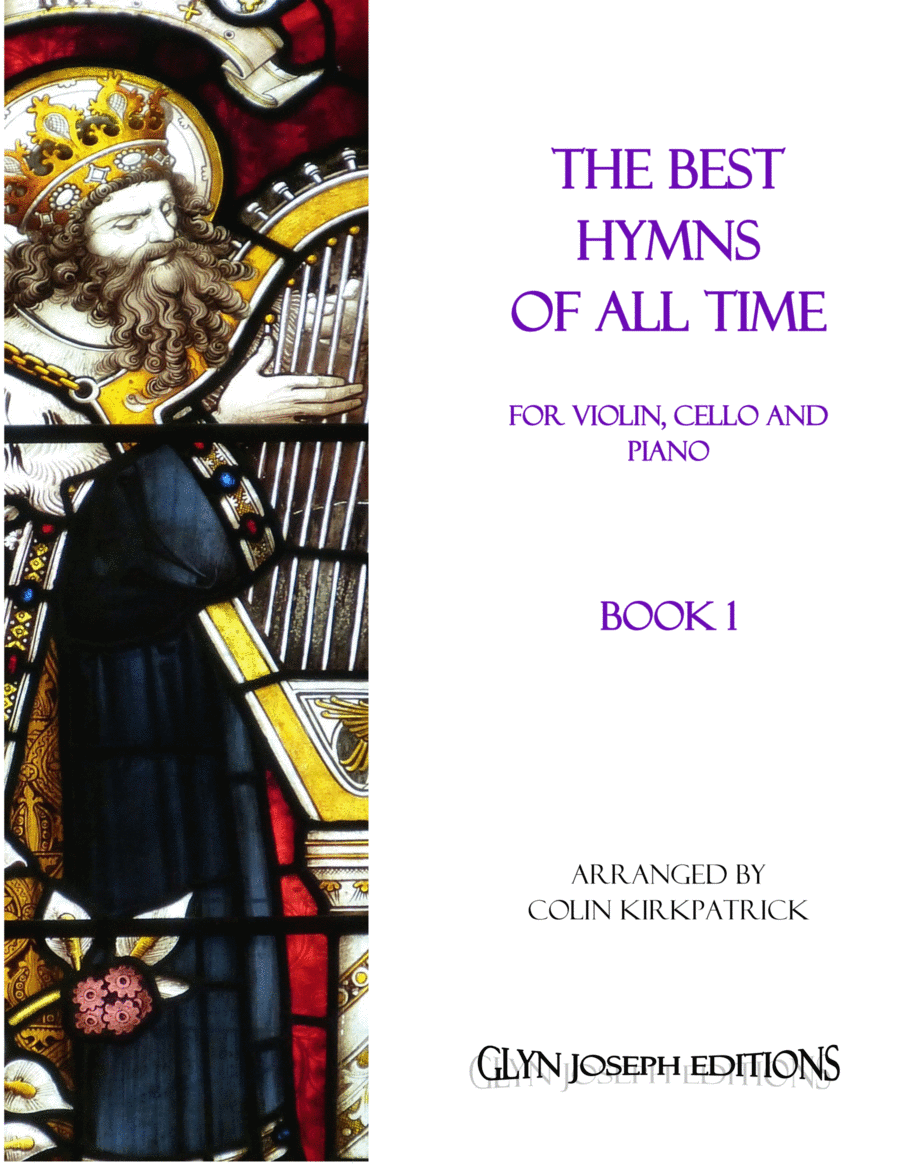Piano Trio,String Ensemble Cello,Double Bass,Piano,Violin - Level 2 - Digital Download SKU: A0.522286 Composed by Various. Arranged by Colin Kirkpatrick. Praise & Worship,Sacred. Score and parts. 50 pages. Colin Kirkpatrick Publications #6596257. Published by Colin Kirkpatrick Publications (A0.522286). Weâre really excited to present our collection of sixty of the best-loved hymns ever composed, presented in three books. Arranged for violin, cello and piano they are intended either as stand-alone pieces that could be used as interludes in a service, or they could be used to accompany solo, choral or congregational singing. To make the music accessible to less experienced string players, the range of the notes has been kept fairly low so that many of the arrangements can be played in first position, though more experienced players would probably want to avoid open strings. The cello part does not follow the bass but instead plays an independent tenor line using to the mid to upper range of the instrument. The top note in the cello part is the F sharp above the bass clef. The piano part has been kept as straightforward as possible with the left hand playing the bass part. To extend the possible uses of this collection, thereâs also a melody part printed in the bass clef, an octave lower than the violin part. This could of course be used for cello solo or indeed for any other bass clef instrument. Included in the 50-page PDF file is an optional bass part which follows the piano left hand and could be used for string bass or bass guitar. With such a small ensemble, a conductor is hardly necessary and to save on costs the pianist reads from the score. For this reason, the piano part in the score has been slightly enlarged. Book 1 contains the following twenty popular hymns: Abide with Me (Eventide); All Glory, Laud and Honor (St. Theodulph); All Hail the Power of Jesus' Name (Coronation); All Through the Night (Ar Hyd y Nos); City of God, How Broad and Far (Richmond - Haweis); Fairest Lord Jesus (Crusaderâs Hymn); Fight the Good Fight (Duke Street); Forth in Thy Name (Angel's Song, Song 34); Guide Me, O Thou Great Redeemer (Cwm Rhondda); He who Would Valiant Be (Monkâs Gate); Holy, Holy, Holy! (Nicea); I Heard the Voice of Jesus Say (Kingsfold); Jesu, Lover of my Soul (Aberystwyth); Nearer my God to Thee (Bethany); Now Thank We All Our God (Nun Danket); O Worship the King (Hanover); Rejoice, the Lord is King (Darwallâs 148th); Soldiers of Christ, Arise (Diademata); The Lordâs my Shepherd (Crimmond); What a Friend we Have in Jesus (Converse). The music has been set in string-friendly keys so they are not compatible with the brass or wind publications of the same name. The audio samples include Abide with Me; All Through the Night; I Heard the Voice of Jesus Say; Nearer my God to Thee and What a Friend we Have in Jesus.
